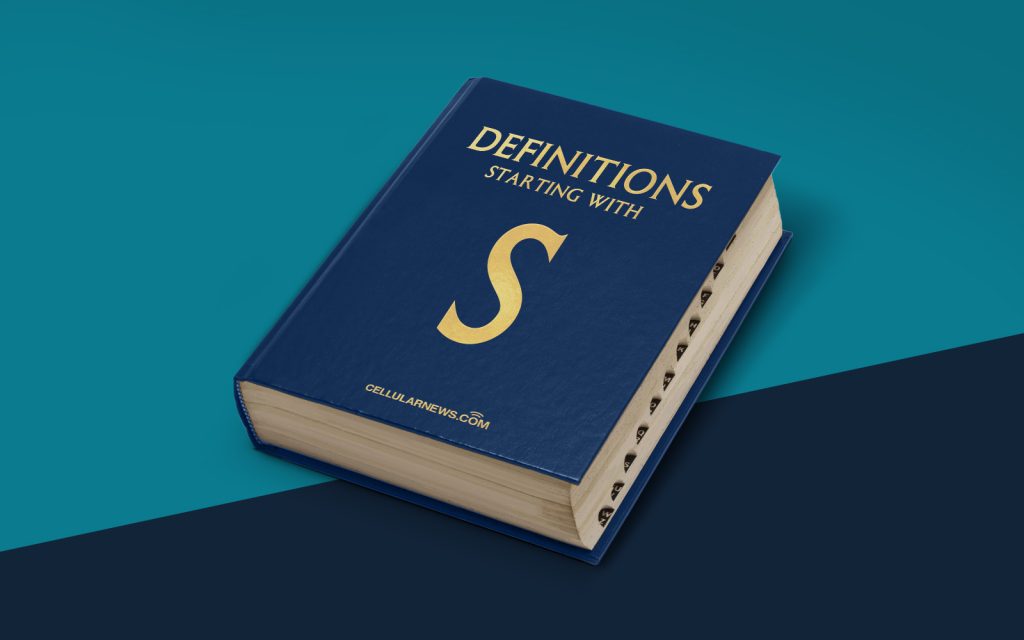
Understanding Standby Power: An Essential Definition
Welcome to the “DEFINITIONS” category of our blog, where we dive deep into various topics to provide you with a clear understanding. In this post, we will explore the concept of standby power – what it is, how it works, and why it matters. If you’ve ever wondered about the energy consumption of your devices when they are not in use, or how they continue to draw power even when turned off, you’re in the right place. Let’s unravel the mystery of standby power together!
Key Takeaways:
- Standby power is the energy consumed by electronic devices when they are not actively in use, but remain plugged in.
- Many devices, such as televisions, computers, and kitchen appliances, consume standby power to maintain features like instant-on and remote control functionality.
Standby power, also known as vampire power, phantom load, or idle power, refers to the electricity consumed by electronic devices even when they are not actively being used but are still plugged into an electrical outlet. This retained power allows devices to provide certain features and functionalities more conveniently, such as the ability to turn on instantly or be operated using a remote control.
Now, you might be wondering, “Why should I care about standby power?” Excellent question! Let’s uncover some of the key reasons why understanding and managing standby power is important:
1. Energy Consumption:
Standby power accounts for a considerable amount of energy waste. In fact, studies have shown that standby power can contribute to a significant portion of the overall electricity consumption in homes and offices. By reducing standby power, individuals and businesses can make a positive impact on energy conservation and reduce their carbon footprint.
2. Cost Savings:
Standby power might seem innocent, but over time, it can lead to a noticeable increase in your electricity bill. By being aware of standby power consumption and taking steps to minimize it, you can save money in the long run.
Now that you have a better understanding of standby power and its implications, let’s explore some practical ways to minimize standby power:
3 Ways to Minimize Standby Power:
- Unplug: Simply unplugging devices when not in use is the most effective way to eliminate standby power consumption.
- Use Power Strips: Utilize power strips with built-in on/off switches to easily disconnect multiple devices at once.
- Energy-Efficient Devices: Opt for energy-efficient appliances and devices that consume less standby power. Look for ENERGY STAR® certified products.
By adopting these simple practices and understanding the impact of standby power, you can play an active role in reducing energy waste and conserving resources. Let’s work together towards a greener future!
We hope this article has shed light on the concept of standby power, its significance, and ways to minimize its impact. Stay tuned for more educational content in our “DEFINITIONS” category! Let us know in the comments if there are any other topics you would like us to explain or clarify.
